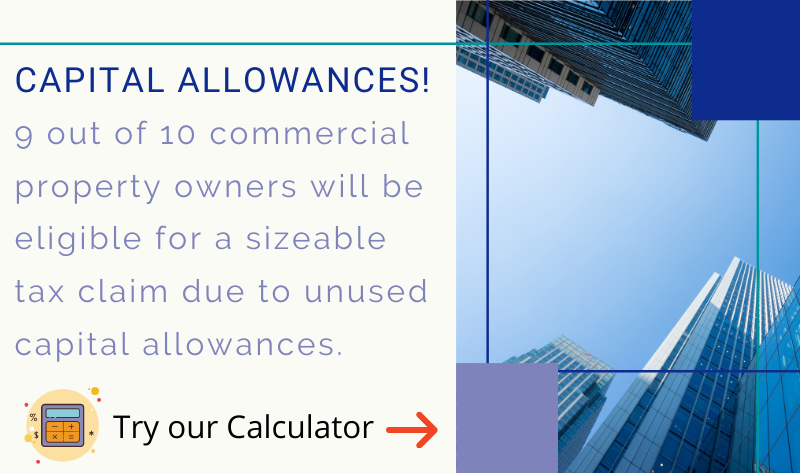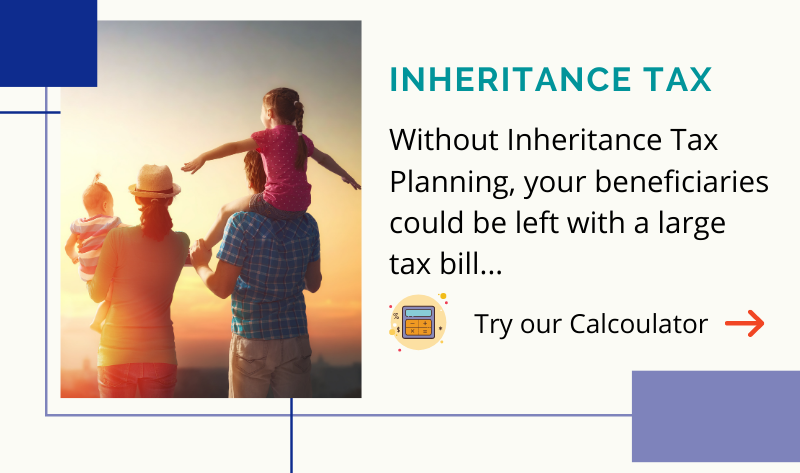
(6 Minute Read)
The rules for VAT in the construction industry.
What is it?
The VAT Domestic Reverse Charge is the new way VAT is handled in the construction industry.
This new system has been designed to reduce fraud in the construction industry.
It works by stopping VAT being collected as work is done along the supply chain, and instead is only paid at the end-user level.
If you or your customer are not VAT and CIS registered, then the Domestic Reverse Charge does not apply.

So how does it work?
Under the new system, a VAT registered sub-contractor must issue an invoice with the 20% Domestic Reverse Charge in place of the normal 20% VAT.
Under the previous system, the full amount, including the VAT, would be paid. However, under the Domestic Reverse Charge, the VAT is not collected.
The sub-contractor’s cash flow will take a hit until their first VAT return in the new system. The VAT return will account for the VAT invoiced, but as it has not been collected the sub-contractor won’t pay to HMRC as they would then be paying it twice. This means that sub-contractors are more likely to receive a repayment from HMRC.
As the Domestic Reverse Charge is handled differently in the VAT return, the software used to produce the VAT return must be capable of dealing with the Domestic Reverse Charge.
If your sub-contractors need to use the Domestic Reverse Charge when they invoice you, you should inform them in writing so you do not over pay them.
To summarize, the Domestic Reverse Charge applies all the way along the flow of services until it reaches the End-User. The flow of services is shown below:
Sub-Contractor 1 → Sub-Contractor 2 → Main Contractor → End User
In the flow of services above:
- Sub-Contractor 1 issues Domestic Reverse Charge invoices
- Sub-Contractor 2 receives and issues Domestic Reverse Charges
- The Main Contractor receives Domestic Reverse Charge invoices, and issue normal VAT invoices.
- The End User receives normal VAT invoices.
For example…
Thaddeus Jones owns a chicken farm, and he has decided to build a new coop for the chickens. To do this they have contracted Joshua Smith Builders.
Under the Domestic Reverse Charge system, Thaddeus Jones is the end-user and, as such, when Joshua Smith Builders invoices him he uses the normal 20% VAT, and Thaddeus Jones must pay the whole amount.
The flow of services would look like this:
Main Contractor → End User
Joshua Smith Builders → Thaddeus Jones
Will Kane Roofing have been hired by Joshua Smith Builders to roof the new coup. When Will Kane Roofing invoices Joshua Smith Builders they will use the new Domestic Reverse Charge. This invoice is £100 + 20% Domestic Reverse Charge. Under the normal VAT Joshua Smith Builder would pay £120, however, under the new system they will only pay the £100.
The £20 of Domestic Reverse Charge must be accounted for on the appropriate VAT return for Joshua Smith Builders. However, as they haven’t paid out the VAT they won’t be able to reclaim it back from HMRC, reducing the potential for refunds from HMRC, however, they should be no worse off overall after the first return.
For Will Kane Roofing, the VAT hasn’t been paid to them, so on their VAT return the VAT amount will not show. This is because they haven’t had the money in, so they can’t pay it out. This will make it likely that Will Kane Roofing will have a refund from HMRC for their VAT returns, though until they have submitted a return their cashflow will be negatively affected from not collecting the £20 VAT.
The flow of services for this would be:
Sub-Contractor → Main Contractor → End User
Will Kane Roofing → Joshua Smith Builders → Thaddeus Jones
Catherine Ballou is an electrician. She is hired to wire the new coup. When she has finished she invoices Thaddeus Jones directly. Because she is invoicing the end-user directly she will not use the new Domestic Reverse Charge, instead she will use the traditional 20% VAT, and collect the Gross amount.
As Catherine Ballou deals directly with the End User it looks like this:
Contractor → End User
Catherine Ballou → Thaddeus Jones

Some useful questions.
Question 1
I am building a house on some land I own. Does this affect me?
Answer 1
If you are the developer (landowner) then you are treated as the end user. As such, all invoices you receive should be at the standard 20% VAT, not the Domestic Reverse Charge.
Question 2
I have CIS Gross Payment Status so there are no CIS deductions on my invoices. Do I still use the Domestic Reverse Charge?
Answer 2
Yes. Even though there are no CIS deductions, the work is still within the scope of the CIS reporting requirements, therefore you should use the Domestic Reverse Charge.
Question 3
Do I have to leave the flat rate scheme?
Answer 3
No, you do not. However, the sales and purchases with Domestic Reverse Charge must be dealt with outside of the flat rate scheme. This means that if you are a sub-contractor and all of your sales are Domestic Reverse Charge then there would be little point in staying in the flat rate scheme. If you are a main contractor and your sales are not Domestic Reverse Charge, then it will not really affect your position.
Question 4
Do I have to leave the cash accounting scheme?
Answer 4
No, but like the flat rate scheme, all Domestic Reverse Rate charges must be dealt with outside of the cash accounting scheme, which could affect the viability of staying in the scheme.

Sound confusing?
HMRC understand that this new system is complicated, and that it will take some getting used to, which is why they have announced that there will not be any fines for honest mistakes for the first six months of the new system.
Although sub-contractors will encounter short term cashflow problems, HMRC are confident that this will right itself after the first month.
However, it may be that some sub-contractors will either have to reduce their work or take out loans in the short term to be able to afford this cashflow disruption.
Kind regards Ilyas
